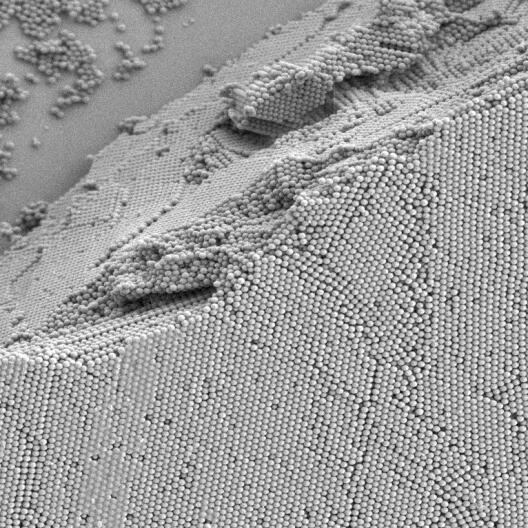Polymer and Colloid Synthesis
We specialize in the synthesis of functional polymers with diverse architectures (mostly block copolymers) as well as nanostructured particles. These serve as basic elements of our self-assembly projects. We utilize controlled polymerization techniques such as anionic ring-opening polymerization (AROP), atom transfer radical polymerization (ATRP) and reversible addition-fragmentation chain transfer (RAFT) polymerization to control block length and polymer composition. Together these techniques allow the polymerization of almost any monomer chemistry.


